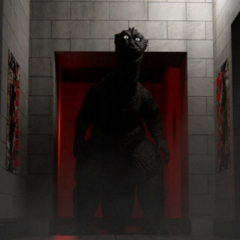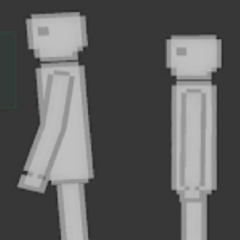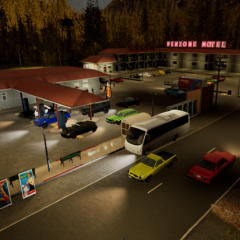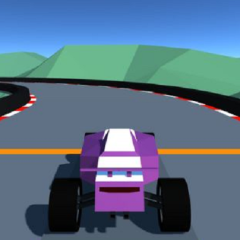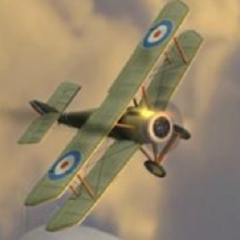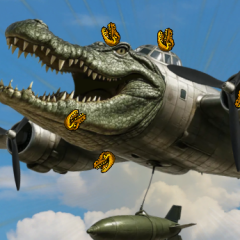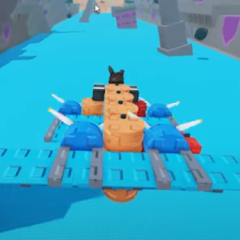Openfront is a real-time strategy game that places the player in control of a modern military force during a large-scale conflict. The player must manage resources, deploy units, and secure objectives across dynamic maps that shift based on player actions. Each mission involves territory control, base construction, and tactical decision-making under pressure. Unlike turn-based systems, every move in Openfront happens in real time, requiring constant attention and the ability to react to changing threats. The game does not focus on storytelling but instead emphasizes planning, execution, and adaptation through strategic layers.
Unit Management and Combat Strategy
The heart of Openfront lies in how players build and use their army. Units include infantry squads, armored vehicles, helicopters, and support teams. Each has its own strengths, and their effectiveness depends on placement and coordination. Players must decide whether to focus on mobility, firepower, or defensive strength depending on the situation. As matches progress, the balance between offense and resource defense becomes more important. Openfront includes environmental factors that affect combat, such as elevation, terrain cover, and line of sight, which adds to the importance of unit positioning during operations.
Core Gameplay Features
Players in Openfront must balance production, expansion, and combat simultaneously. Key features of the game include:
· A resource system based on captured zones and supply chains
· Multiple unit types with customizable loadouts
· Fog of war that limits visible territory
· Dynamic AI behavior based on player choices
· Map objectives that shift as fronts change
These systems work together to create an experience where each decision influences the battlefield in real time, from moment-to-moment tactics to long-term positioning.
Multiplayer and Map Variety
Openfront supports both single-player and online multiplayer modes. In multiplayer, players can engage in ranked or custom matches, with some maps designed for fast-paced encounters and others for slower, tactical engagements. Map variety includes urban areas, open deserts, dense forests, and mountain regions, each requiring different strategies. Players can also create and share custom maps using built-in tools, allowing the community to expand available content. Multiplayer matches often depend on teamwork and role distribution, where players split responsibilities for unit control, supply routes, and defense.




